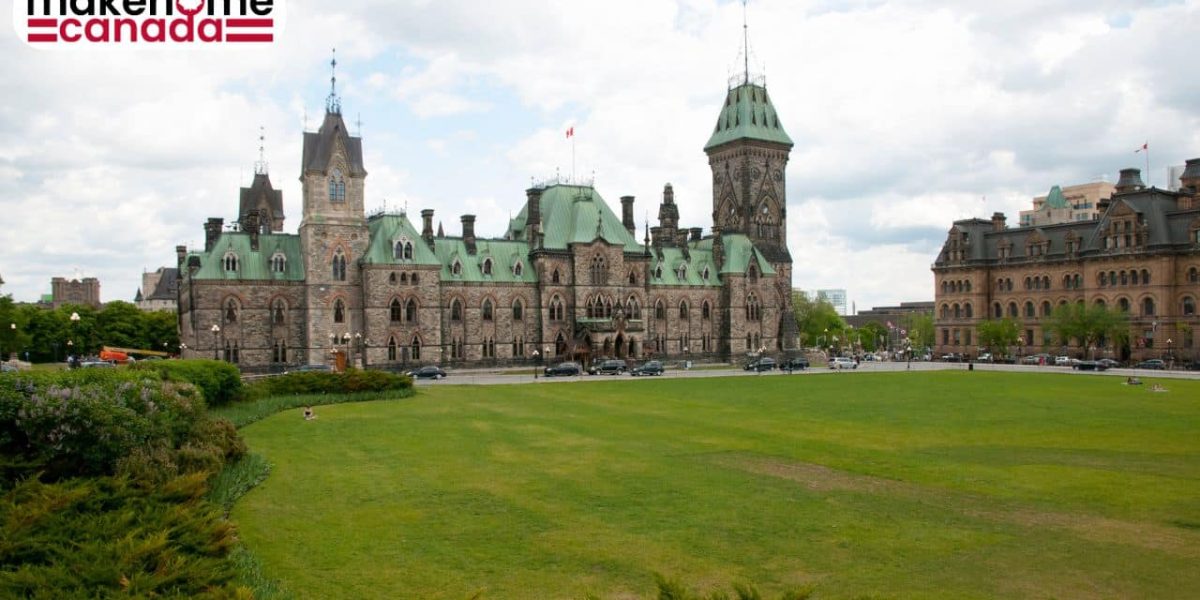IRCC’s application processing reached a record-breaking number of 4.8 million applications.
IRCC recently reported a decline in approximately half a million applications since August 2022. However, it is twice the number of applications processed in August 2021 when IRCC processed around 2.5 million applications.
Additionally, IRCC will certainly progress with its objective to break prior existing records by welcoming at least 431,000 permanent residents.
The Temporary Residence category comprises the maximum number of processed applications. In 2022, IRCC’s application processing was around 700,000 work permits and 670,000 study permits. Moreover, Canada received around 251,000 new citizens this year from April to November.
Sean Fraser talked about the backlog in detail and stated that the government was successful in decreasing the number of backlogs by half a million. Also, the government processed applications on a massive scale. Furthermore, he claimed that their efforts would lead to more immigrants arriving in Canada to live, work or settle here. He even gave credit to those who govern the immigration system and, of course, to Canada’s willingness to upgrade the system. Consequently, Canada appears as a warm and welcoming country to newcomers.
IRCC’s application processing manages to reduce the backlog
The data as of November 30 dictates that more than 1.09 million applications (nearly half of the total applications) fall under the category of backlog applications. As of December 2 in, 2022, IRCC possessed around 2.2 million inventory applications.
A considerable improvement is evident from the data of November 3. In September 2022, nearly 2.6 million applications were pending, but in November, the application inventory declined to 2.4 million.
According to IRCC, as part of their modernization initiatives, they processed Spousal Sponsorship applications within the earlier service standard (before the pandemic standard). On the other hand, the fresh applications under Express Entry resumed the normal six months service standard.
PR Card renewal application backlog reduced to 99 percent.
IRCC’s measures to modernize the system
In 2022, IRCC continued to tackle the enormous application backlog due to travel restrictions and offices closing down due to the pandemic.
Additionally, the department addressed the various drawbacks by shifting to a 100 percent digital application system. For instance, citizenship applications have turned 100 percent digital for everyone above the age of 18 years old. Overall, only 28 percent of the total application figure of 318,000 citizenship applications is in the backlog.
Moreover, IRCC also declared its new initiative to add staff members, around 1,250 toward the year’s end to organize the application system.
IRCC’s service standard objectives for processing applications
Backlog applications imply that they have not been processed under the fixed timeframe of processing applications. The fixed timeframe is basically the service standard under which an application needs to be processed. It is the expected timeframe and the goal for each application’s processing.
IRCC works with the objective to process at least 80 percent of the applications. However, the service standard for processing each application is different because it largely relies on the application type.
For instance, for Express Entry PR application, the service standard continues to be six months but for other economic business lines, the processing time is longer. Also, for Family Class Sponsorship the standard service is 12 months.
The Temporary Residence applications usually consist of 60-120 days standard processing time. However, the exact processing time will depend on each application type. Another factor is from where the application was submitted, abroad or within Canada. According to IRCC, most new study permit applications are being processed within service standards.
High immigration level targets
According to the latest Immigration Levels Plan, 2023-2025 comprises an objective of welcoming more than 500,000 new permanent residents to Canada. These high-level immigration targets are a consequence of the urgent requirement of the workforce. Expectedly, more than 9 million Canadians will meet their retirement age by 2030. Moreover, there is a lack of adequate natural-born Canadians to fill the job vacancies.
Previously, IRCC brought forth several initiatives to increase the number of immigrants coming to Canada. For instance, IRCC took the initiative to expand the work permits to spouses and temporary foreign workers’ dependents under the working-age category. The department even went ahead to extend the working hours per week for international students and removed the limitation of 20 hours of work.
The Atlantic Immigration Program observed an expansion and further became permanent this year. Additionally, the Rural and Northern Immigration Pilot also experienced an expansion. The government provided funding to the Economic Mobility Pilot Program to assist 2,000 skilled refugees.
The healthcare sector introduced new initiatives with the removal of barriers for Physicians, those already living in Canada via temporary work visas.
The Foreign Credential Recognition Program was first introduced to target newcomers and help them in integrating within the labor market, specifically in the healthcare sector.




